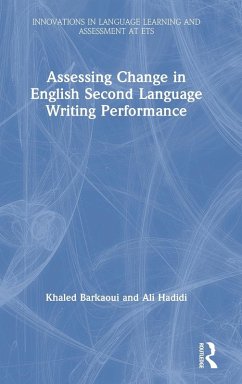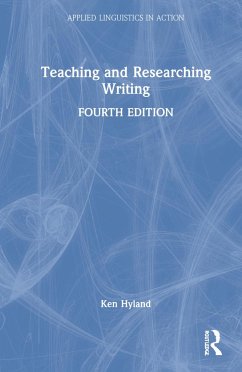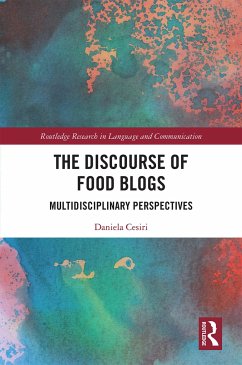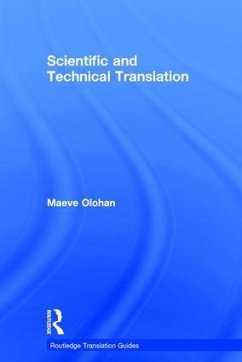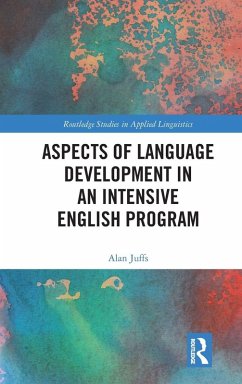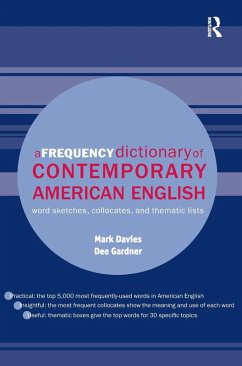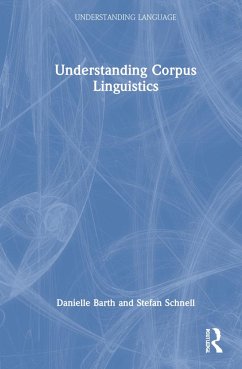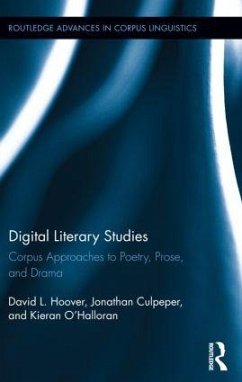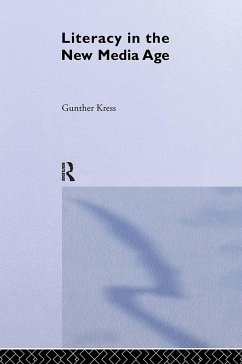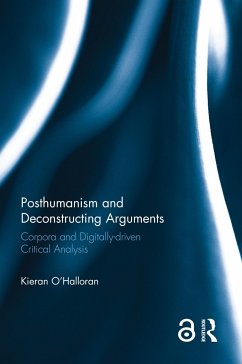
Corpus Linguistics for Writing Development
A Guide for Research
Versandkostenfrei!
Versandfertig in 1-2 Wochen
149,99 €
inkl. MwSt.
Weitere Ausgaben:

PAYBACK Punkte
75 °P sammeln!
Corpus Linguistics for Writing Development provides a practical introduction to using corpora in the study of first and second language learners' written language over time and across different levels of proficiency.





